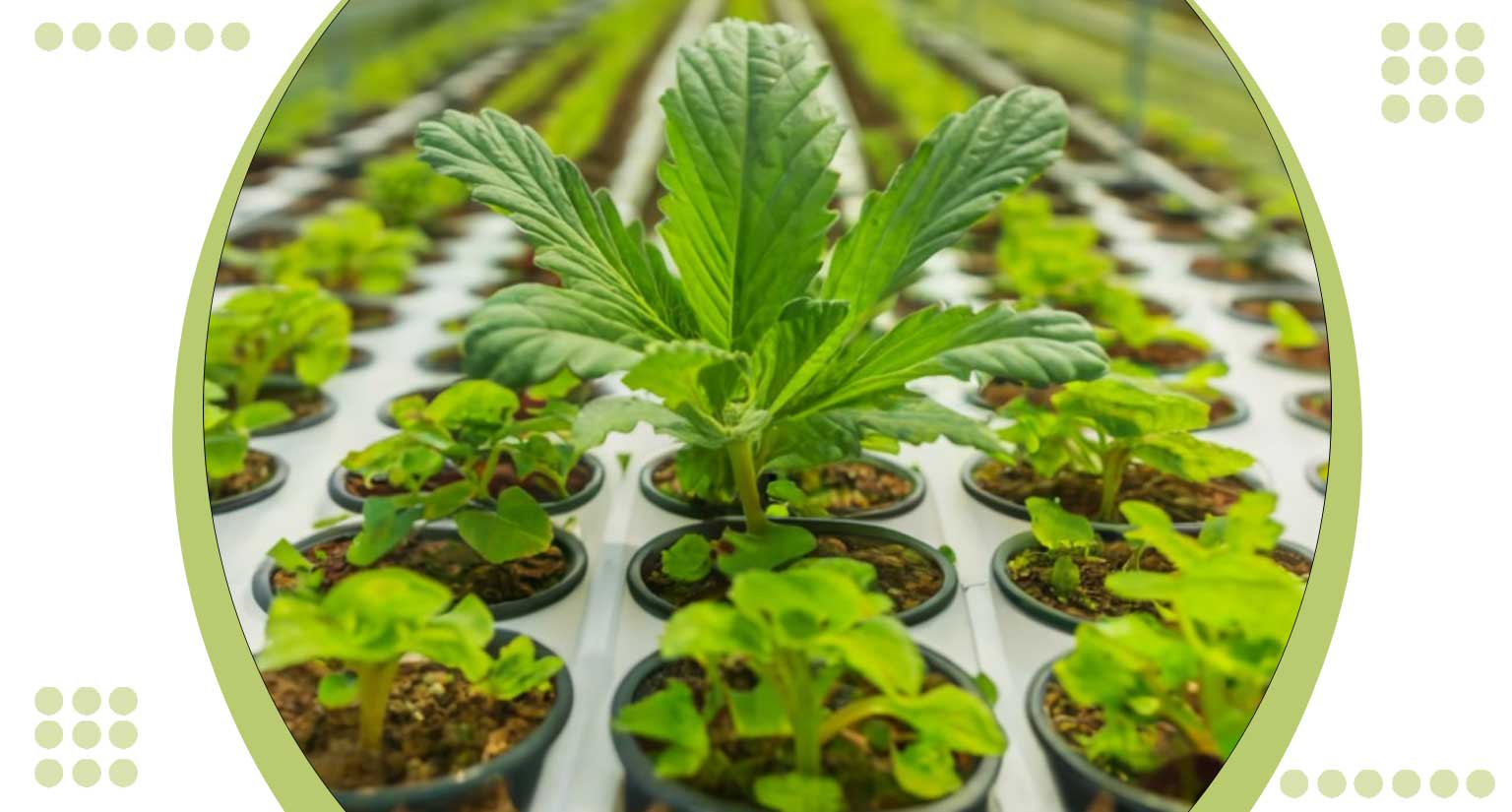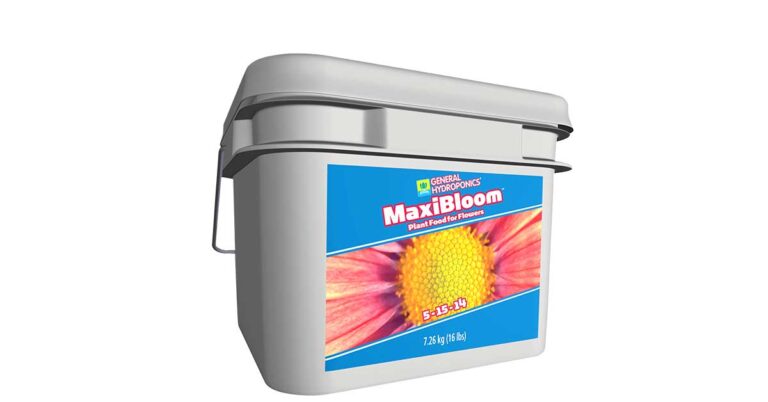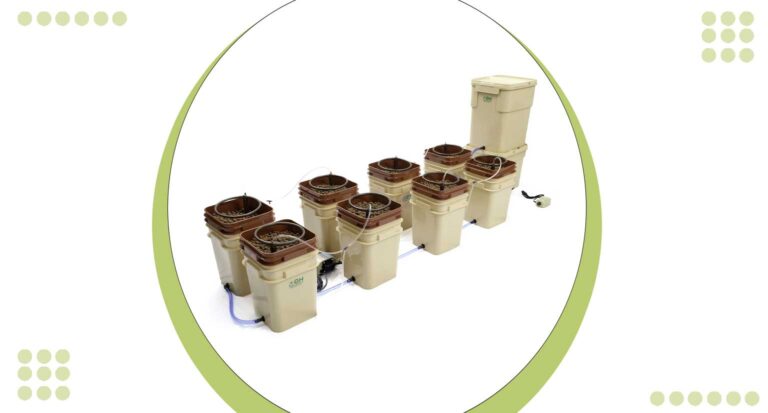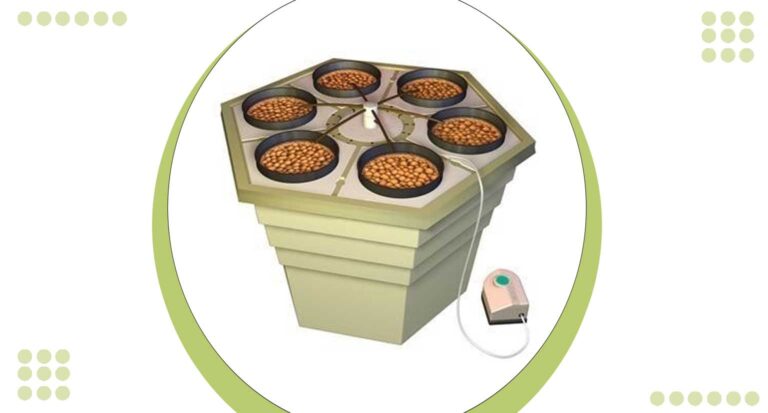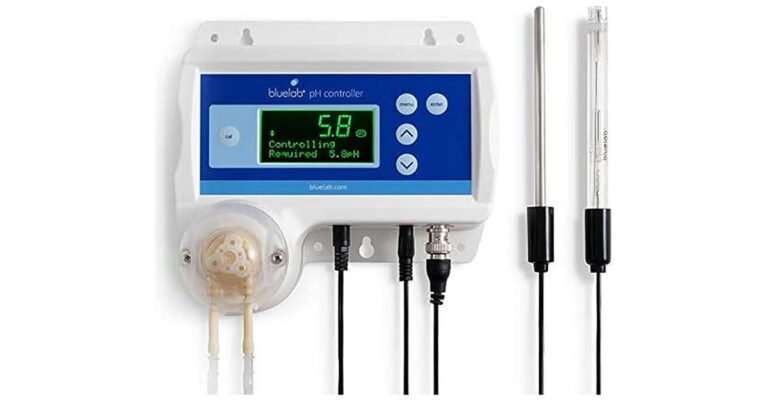Clone Hydroponics 101: Optimize Growth with Expert Techniques
Welcome to the cutting edge world of Clone Hydroponics, where innovation meets cultivation. In the realm of modern agriculture, Clone Hydroponics stands out as a game changer, providing a revolutionary approach to growing plants.
Harnessing the power of advanced hydroponic techniques, this method ensures optimal nutrient delivery and accelerated growth, maximizing yields like never before.
Clone hydroponics, a method that leverages the power of water and nutrients to cultivate plant clones, is revolutionizing modern gardening. By eliminating the need for soil, clone hydroponics allows for precise control over the growing environment, resulting in healthier plants and faster growth. The enthusiasts and professionals alike will discover the best practices for maximizing their yields and ensuring the success of their hydroponic systems.
Understanding the fundamentals of clone hydroponics is crucial for anyone looking to enhance their gardening efficiency. This method involves creating genetically identical plants from a single parent, ensuring uniformity in growth and quality.
By optimizing growth with expert techniques, gardeners can achieve remarkable results, making clone hydroponics a preferred choice for both hobbyists and commercial growers. The focus on nutrient management, light exposure and environmental conditions plays a pivotal role in this advanced form of gardening.
The intricacies of this innovative method. From selecting the right equipment to mastering the cloning process, this guide covers everything needed to transform your hydroponic garden. Whether you’re new to hydroponics or looking to refine your skills, the expert techniques will help you achieve optimal growth and robust plant health, ensuring your hydroponic endeavors are both fruitful and rewarding.
Future OF Farming
The future of farming is increasingly shaped by innovative technologies and sustainable practices that redefine agricultural efficiency and productivity. Advancements such as vertical farming, drone enabled precision agriculture, and AI driven crop monitoring are revolutionizing how we cultivate crops. Vertical farming, for instance, utilizes vertical space to grow crops indoors, maximizing yields while minimizing land use and water consumption. This method not only ensures a more reliable food supply but also reduces the environmental impact associated with traditional farming practices.
Moreover, the integration of artificial intelligence in farming operations allows for real time data analysis and decision making. AI powered systems can predict crop yields, detect diseases early and optimize resource allocation, leading to higher crop yields and reduced waste. These technological innovations are paving the way for a sustainable future where agriculture can meet the growing global demand for food while preserving natural resources for future generations. As technology continues to evolve, so too will the possibilities for more efficient, resilient and environmentally friendly farming practices.
Explore the future of farming as we delve into the intricacies of Clone Hydroponics and unveil the key to unlocking unparalleled efficiency and productivity in your cultivation endeavors.
Whether you’re a seasoned grower or just starting your horticultural journey, this is the breakthrough you’ve been waiting for. Cultivate success with precision, innovation, and the transformative power of Clone Hydroponics.
Hydro Plant Cloning
Transform your cultivation game with the precision of hydro plant cloning, ensuring genetic consistency and accelerated growth. Harness innovative techniques for successful cloning in hydroponic systems, maximizing yields and efficiency.
Selecting the Right Mother Plant
Begin your cloning journey by carefully choosing a healthy and robust mother plant. Look for desirable traits such as vigor, pest resistance, and optimal growth. This pivotal step sets the foundation for a successful cloning process.
Gathering Essential Tools and Supplies
Ensure you have all the necessary tools and supplies before diving into cloning. This includes a sharp cutting tool, rooting hormone, growing medium, and a dedicated cloning space with controlled environmental conditions.
Taking Precise Cuttings
With a clean and sharp tool, take cuttings from the chosen mother plant. Optimal cutting size is typically around 4-6 inches with at least two sets of leaves. Trim excess leaves to reduce stress on the cutting.
Applying Rooting Hormone
Dip the cut ends of your clones into a high-quality rooting hormone. This stimulates root development and increases the chances of successful propagation. Shake off any excess powder to avoid overapplication.
Planting in the Growing Medium
Place the treated cuttings into a suitable growing medium, ensuring good contact between the cutting and the medium. Rockwool cubes or peat pellets are popular choices. Maintain a stable environment with adequate humidity to encourage root growth.
Providing the Right Environmental Conditions
Create an optimal environment for your clones by maintaining consistent humidity, temperature, and light levels. Using a humidity dome and providing gentle lighting will help your clones establish roots without undue stress.
Transplanting and Acclimation
Once roots have developed, carefully transplant your clones into a hydroponic system or soil. Gradually acclimate them to their new environment by adjusting light intensity and nutrient levels to prevent shock.
By following these steps with precision and care, you’ll be well on your way to successfully cloning hydro plants and unlocking the potential of Clone Hydroponics in your cultivation journey.
Optimize Growth with Expert Techniques
Achieving optimal growth in clone hydroponics requires a strategic approach, combining the latest scientific advancements with time tested practices. By leveraging expert techniques, growers can enhance plant health, increase yields and streamline the cultivation process. Essential methods include precise nutrient management, maintaining ideal pH levels and implementing effective lighting strategies. These elements work together to create an environment where clones can thrive, ensuring robust and consistent growth.
One of the key aspects of optimizing growth in hydroponics is the meticulous control of environmental factors. Experts recommend maintaining a stable temperature and humidity level to prevent stress on the plants. Additionally, the use of high quality grow lights that mimic natural sunlight can significantly boost photosynthesis and energy production. Regular monitoring and adjustments based on plant responses are crucial to fine tuning the growing conditions, leading to healthier and more productive clones.
Integrating advanced hydroponic techniques, such as aeroponics or deep water culture, can further enhance growth rates and efficiency. These systems deliver nutrients and oxygen directly to the roots, promoting vigorous root development and faster plant growth. By staying informed about the latest innovations and continuously refining their methods, growers can achieve unparalleled success in clone hydroponics. Embracing these expert techniques not only maximizes growth but also paves the way for a more sustainable and profitable cultivation practice.
Types of Cloning
There are three types of cloning e.g. reproductive, therapeutic, and gene cloning. From duplicating organisms to creating disease resistant plants, each type of cloning offers unique solutions for diverse applications.
Reproductive Cloning
Reproductive cloning is a groundbreaking technique where an organism is duplicated, creating an identical genetic copy. This method is often associated with cloning animals and plants, preserving desirable traits for agricultural purposes.
In the realm of agriculture, reproductive cloning plays a crucial role in maintaining the genetic integrity of high yielding crops and livestock.
Therapeutic Cloning
Therapeutic cloning focuses on creating embryonic cells for medical research and potential treatments. In agriculture, this type of cloning holds promise for developing disease-resistant plants and enhancing the overall health of crops.
By harnessing the power of therapeutic cloning, researchers aim to address agricultural challenges and pave the way for more resilient and sustainable farming practices.
Gene Cloning
Gene cloning involves the replication of specific genes, allowing scientists to isolate and study individual genes in detail. In agriculture, gene cloning is instrumental in creating genetically modified organisms (GMOs) with enhanced traits such as pest resistance, improved nutritional content, and increased yield.
This type of cloning empowers farmers to cultivate crops that are better equipped to thrive in diverse environmental conditions.
As we navigate the frontiers of cloning technology, these three types of reproductive, therapeutic, and gene cloning continue to shape the landscape of agriculture, offering innovative solutions to address the ever-evolving challenges in food production and sustainability.
Light Needs of Clones
Providing the Ideal Photoperiod for Clones
Clone hydroponics demands careful attention to lighting conditions to ensure optimal growth and development. Typically, clones require 18 to 24 hours of light per day during the vegetative stage.
This extended photoperiod mimics the long daylight hours of the growing season, promoting vigorous vegetative growth.
Balancing Light and Dark Periods
While clones thrive with extended light exposure, it’s equally crucial to incorporate periods of darkness. A consistent cycle of 18 to 24 hours of light followed by 0 to 6 hours of darkness allows for essential processes like respiration and nutrient absorption.
Striking the right balance between light and dark periods is key to preventing stress and ensuring the overall well-being of your clones.
Adjusting Photoperiod for Rooting Stage
During the initial rooting stage, some growers may choose to provide a continuous 24-hour light cycle to encourage rapid root development. Once roots are established, transitioning to a standard 18 to 24-hour photoperiod for vegetative growth is recommended.
Artificial Lighting Solutions
While natural sunlight is beneficial, many growers rely on artificial lighting, such as high-intensity discharge (HID) lamps or light-emitting diodes (LEDs), to meet the specific light requirements of clones.
These technologies allow for precise control over the photoperiod and spectral composition, ensuring consistent and efficient growth.
By meticulously managing the light exposure of your clones, you’ll create an environment conducive to robust vegetative growth, setting the stage for a successful and high-yield harvest with Clone Hydroponics.
Hydro Clones in Soil
Seamlessly transition hydro clones to soil, adapting with a gradual introduction and careful root monitoring. Adjust nutrient levels, ensure proper drainage, and maintain consistent conditions for a successful integration into the soil environment.
Exploring the Compatibility of Hydro Clones with Soil
One of the remarkable aspects of Clone Hydroponics is its adaptability, allowing for a smooth integration with various cultivation methods.
While the primary foundation of Clone Hydroponics lies in soilless growing mediums, it is indeed possible to transition hydro clones into soil with careful consideration and proper acclimation.
Key Steps for Successfully Transplanting Hydro Clones into Soil
1. Gradual Introduction to Soil
Begin the transition by introducing your hydro clones to soil gradually. This involves starting with a mixture of soil and the original hydroponic growing medium, allowing the clones to acclimate to the new substrate.
2. Monitoring Root Development
Keep a close eye on the development of roots as you transition the clones into soil. Ensure that the roots adapt well to the new environment and establish a healthy connection with the soil for optimal nutrient uptake.
3. Adjusting Nutrient Levels
Soil and hydroponic systems differ in nutrient availability and delivery. Adjust the nutrient levels in the soil to align with the requirements of your hydro clones, ensuring they receive the essential elements for robust growth and development.
4. Providing Adequate Drainage
Amend the soil to enhance drainage, mimicking the well-aerated conditions of hydroponic systems. This prevents waterlogging and promotes oxygenation of the root zone, crucial for the overall health of your clones.
5. Maintaining Consistent Environmental Conditions
Consistency is key during the transition phase. Maintain stable environmental conditions, including light, temperature, and humidity, to minimize stress on the hydro clones as they adapt to the soil environment.
Versatility of Clone Hydroponics
By following these careful steps, you can seamlessly integrate hydro clones into soil, showcasing the versatility of Clone Hydroponics. This adaptability empowers growers to explore diverse cultivation methods, optimizing their approach based on specific preferences and environmental considerations.
Conclusion
Clone Hydroponics emerges as a groundbreaking approach, seamlessly marrying innovation and cultivation. Elevate your farming endeavors with this transformative method, ensuring precision, efficiency, and high yields in every harvest.
Embrace the future of agriculture with Clone Hydroponics, where the synergy of technology and nature propels your success in sustainable and bountiful farming. The endless possibilities and reap the rewards as you cultivate with confidence, guided by the principles of Clone Hydroponics.

